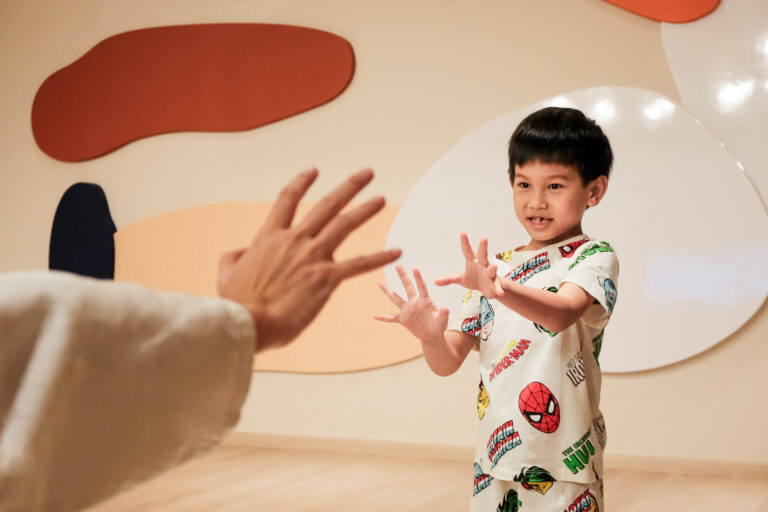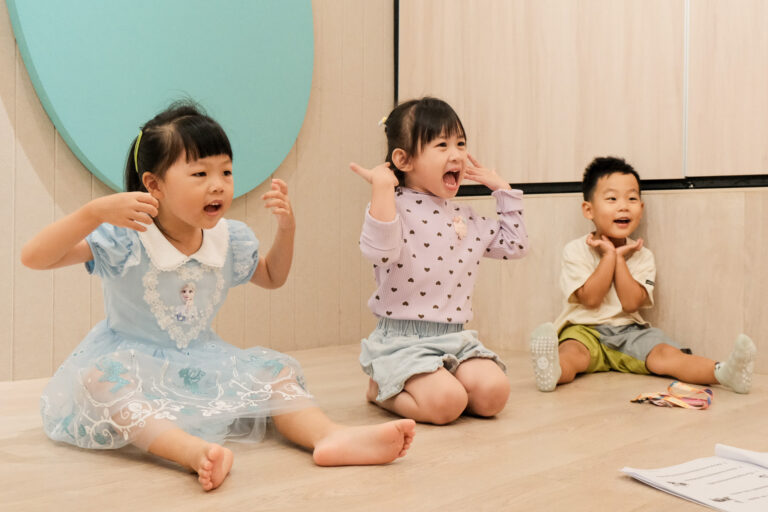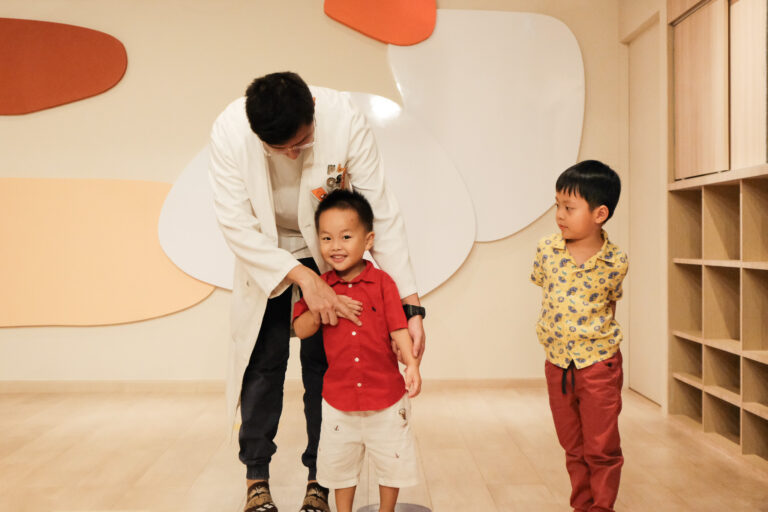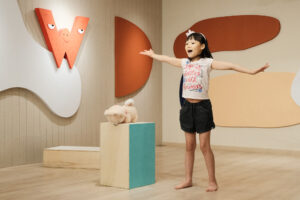
How to Use Nonverbal Cues to Support Your Child’s Speech Development

As parents, we are constantly striving to support our children’s development and growth, especially when it comes to their communication and speech skills. While we often focus on verbal interactions and language development activities like a public speaking course for kids and English phonics classes in Singapore, we may underestimate the profound influence that nonverbal communication can have on our children’s speech. Below, we uncover the impact of nonverbal communication and how it shapes your child’s ability to communicate effectively.
Nonverbal communication as a silent language

Nonverbal communication includes all forms of communication that do not involve words, like physical proximity, tone of voice, gestures, facial expressions, and body language. These nonverbal cues convey information, intentions, and emotions sometimes more effectively than words alone!
But how do these nonverbal cues play a pivotal role in shaping your child’s speech development? Below are just a few of the examples;
- Nonverbal feedback
Confidence is a key factor in speech development. Nonverbal cues play a significant role in boosting your child’s confidence to speak and express themselves. When you consistently provide positive nonverbal feedback, like offering warm smiles and maintaining eye contact, your child feels more secure in their ability to communicate. In turn, this fosters their speech development.
- Positive reinforcement
Positive reinforcement can benefit your child in many ways, and the good news is that nonverbal cues provide immediate feedback and reinforcement during communication. For instance, when your child attempts to express themselves verbally, your positive nonverbal cues of nodding in agreement reinforce their efforts.
- Mirroring and imitation
Practical ways to utilise nonverbal communication

There are many ways to harness nonverbal communication for speech development, such as;
1. Reading together: Reading books together offers an excellent opportunity to explore nonverbal cues within the context of storytelling. Use animated facial expressions and varying tones of voice to bring the story to life.
2. Using gestures: Encourage your child to use gestures to supplement their speech. This can aid in reducing frustration and conveying meaning when words alone may fall short.
3. Using expressive facial expressions: Show emotional engagement and enthusiasm via your facial expressions. Children are highly responsive to frowns, smiles, and other expressive cues.
4. Practising active listening: Demonstrate active listening by making affirmative noises (i.e. “mm-hmm”), nodding from time to time, and responding empathetically to your child’s verbal attempts.
5. Socialising with peers: Have your child engage in social activities with friends, where they can practise both verbal and nonverbal communication skills.
Final thoughts
The impact of nonverbal communication on children’s speech is undeniable. As parents, we play a vital role in shaping our children’s communication skills, and understanding the subtle yet profound influence of nonverbal communication equips us to be even more effective in this role.
At Wonderlit, we have a strong belief in the ability of educators to not only enhance our students’ learning but also positively influence their behaviour through verbal and nonverbal communication. Our team of educators possesses accredited qualifications in their specific fields, along with extensive experience working with children. To learn more about our programmes, don’t hesitate to contact us or engage with our dedicated programme consultants at 6980 5670 via phone call or WhatsApp.
Recent Posts


How To Nurture Oral Language Development in Children

Story Builders: How Reading Shapes Writing In Kids

4 Fun Ways To Nurture Children’s Love For Performing

Importance of English Phonics for Young Learners

